- 未知物分析
- 专注科研测试,助力科技创新!
氨合硫酸铜溶液检测
Ammonium thiosulfate copper solution testing is a commonly used method in analytical chemistry to detect the presence of copper ions in a solution. The reaction involves the formation of a complex between copper ions and ammonium thiosulfate, leading to a color change that can be visually observed or measured using a spectrophotometer.
Detailed Introduction:
Ammonium thiosulfate copper solution testing is widely utilized in various industries such as environmental monitoring, pharmaceuticals, and metallurgy. The presence of copper ions in a solution can have significant implications for product quality, environmental impact, and industrial processes. Therefore, accurate and reliable detection of copper ions is crucial.
When to Perform the Test:
The test for ammonium thiosulfate copper solution should be conducted when there is a need to determine the concentration of copper ions in a sample, identify potential contamination, or monitor process efficiency in industries where copper presence is critical.
Testing Methods:
1. Colorimetric Method: The color change in the solution indicates the presence of copper ions.
2. Titration Method: Ammonium thiosulfate is added to the solution until the endpoint is reached.
3. Ion-selective Electrode Method: Measures changes in potential as the electrode responds to copper ions.
4. Atomic Absorption Spectroscopy: Measures the absorption of light by copper ions in the solution.
5. Inductively Coupled Plasma Mass Spectrometry: Determines the concentration of copper ions based on mass spectrometry.
Equipment Used:
The testing of ammonium thiosulfate copper solution requires equipment such as a spectrophotometer, titration setup, ion-selective electrode, atomic absorption spectrometer, and inductively coupled plasma mass spectrometer. These instruments are essential for accurately measuring the concentration of copper ions in the solution.
Common Issues and Solutions:
1. Contamination: Properly clean and rinse all glassware before conducting the test.
2. Interference from other ions: Use masking agents or perform selective extraction to remove interfering ions.
3. Calibration errors: Regularly calibrate the instruments and use certified reference materials for validation.
4. Sample preparation: Ensure proper sample digestion and handling to avoid errors in the test results.
5. Instrument malfunction: Regular maintenance and troubleshooting of equipment can resolve technical issues during testing.
- 01
- 02
- 03
- 04
- 05
- 06







沟通试验方案,获取最新报价
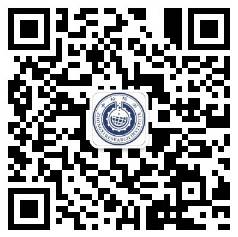 中析
官方微信公众号
中析
官方微信公众号
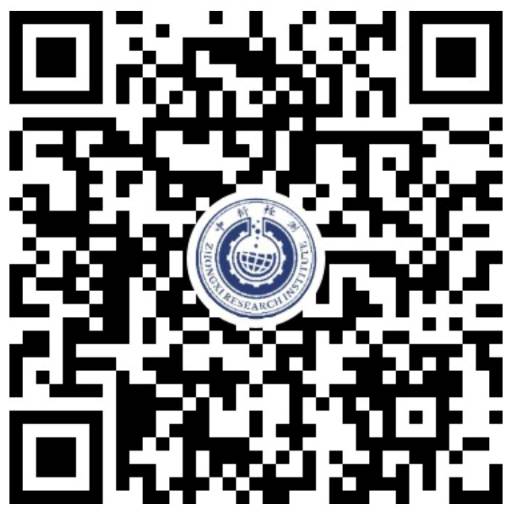 北检
官方微视频
北检
官方微视频
 中析
官方抖音号
中析
官方抖音号
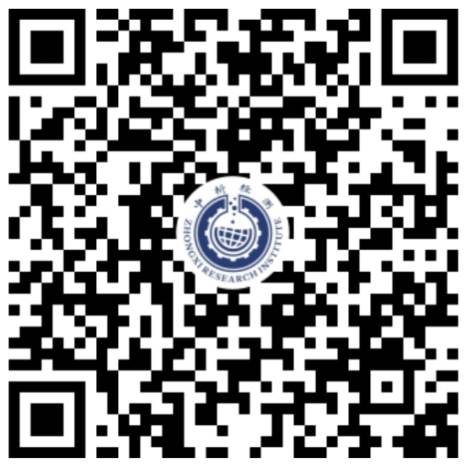 中析
官方快手号
中析
官方快手号
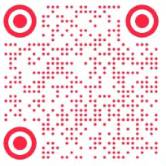 北检
官方小红书
北检
官方小红书
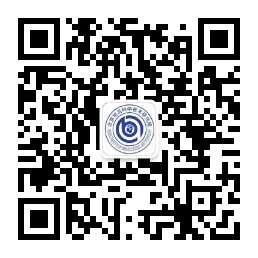 北京前沿
科学技术研究院
北京前沿
科学技术研究院

 返回
返回
 材料检测
材料检测 电子电气检测
电子电气检测 纺织品检测
纺织品检测 冶金矿产检测
冶金矿产检测 汽车交通检测
汽车交通检测 日化产品检测
日化产品检测 石油化工检测
石油化工检测 机械制造检测
机械制造检测 食品药品检测
食品药品检测